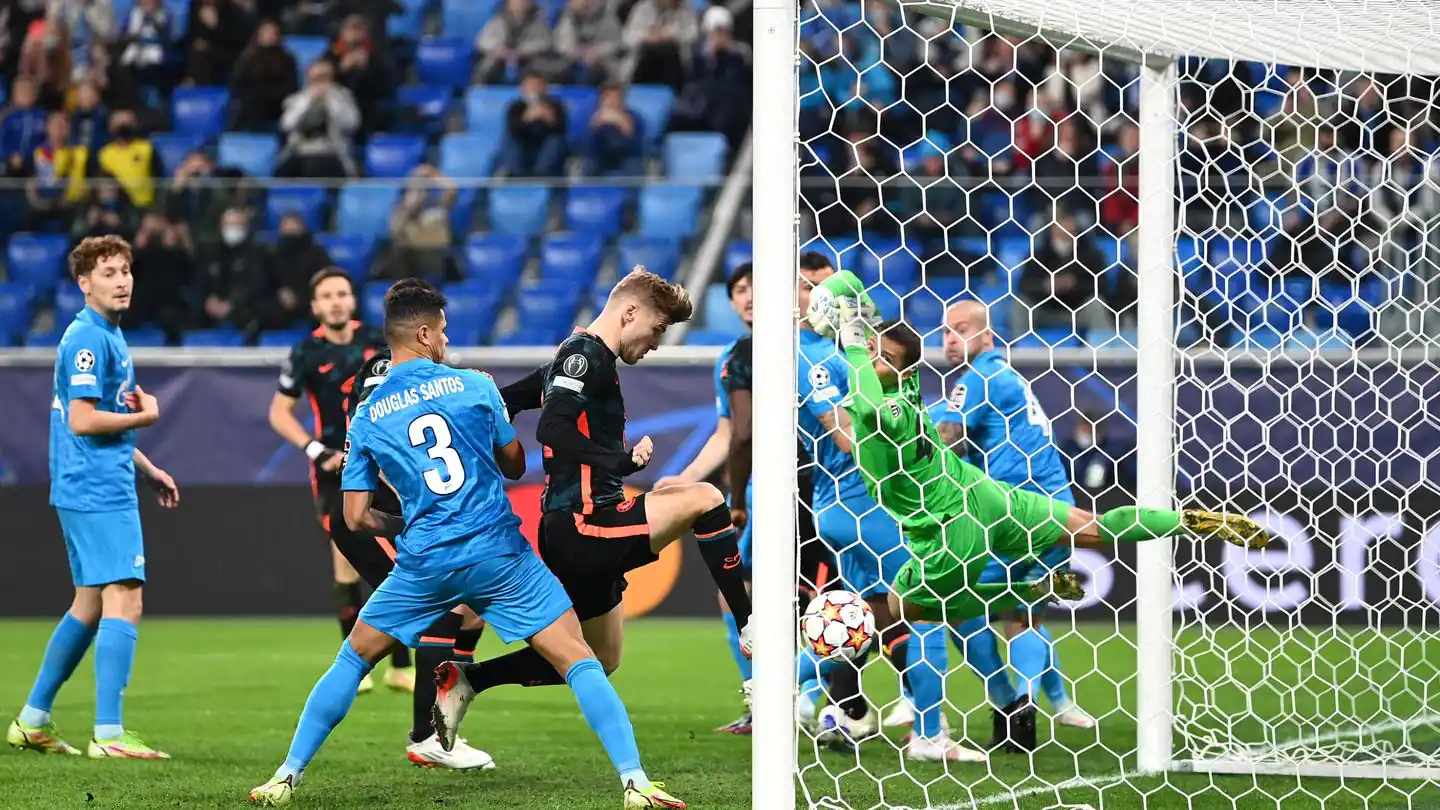To forge or to cast the golf club iron – that is the question! And that same question brings one of the most heated debates in the golf world, usually turning into a long-lasting discussion with no actual winners. Why is that so?
Some people will try to convince you forged clubs are more playable than cast ones. Others will argue they’re a better choice for high/low handicappers. What most players will agree on is that cast irons are for game improvement, while player ones are forged.
Truth be told – none of these arguments are wrong. But, the reality is that the difference between the two is actually connected to your style of play.
Through time, the difference between cast and forged irons became so small that the only undeniable separation can be made in the sense of production. That same process clubs go through while being produced can bring differences in the performance of the iron.
Today, we will help you better understand this rivalry, but also ease your process of creating a perfect set for your next trip to the field. After reading this guide, you will be able to understand this mind-boggling debate and make yourself a bigger pro.
Forged Irons
Design-wise, forged or players’ irons have a great tradition. They are made from a solid, heated piece of metal that is being stamped by a hammer-like machine to its form, loft, and shape. Therefore, their prices can be pretty high because of the complexity of the production process.
People do like to stick with the tradition, and we cannot blame them. One of the most recognizable factors of forged iron is the feeling you get when using it. In the time of impact, it gives you a pleasurable, vibrational feel on the clubhead.
Forged irons also give you the opportunity for more controlled hits, as they impact the ball flight and launch angle.
Positives
· Uniqueness and tradition
· Amazing feel
· Responsiveness
· Great ball control
Negatives
· More expensive
· Demand more experience from the performance perspective
Cast Irons
As their name implies, cast irons are made from liquid metal which is poured and cast into a mold. This production method leaves a chance for adding additional components, such as channels and cavities.
These irons are known as game improvement ones. So, if you are attending your indoor golf lessons NYC, picking a cavity-back would be a great choice for practicing. And by using them, you will slowly get to realize why a lot of high-handicap golfers turn to mid-handicap!
Since being discovered, most clubs have become more forgiving. Apart from that, the production process of cavity-backs is quicker and easier, resulting in more affordable sets.
Positives
· More forgiving
· Large sweet spot
· More affordable
Negatives
· Giving less feel at the impact
How to Choose?
Source: Freepik
Sorry to disappoint you, but we have to leave that choice to you! But don’t worry, it won’t be too hard when you get familiar with what style of play suits you best. With that knowledge, this process will be almost automatic. So, let’s introduce you to 6 main characteristics and differences which can help you.
1. Distance
The production process doesn’t affect the distance of ball travel. The only thing is, forged clubs come with weaker lofts than cast irons. Depending on the specs and the manufacturer of the irons, a 5 cast iron can have the same loft as the 6 forged one.
2. Distance Control
Cast irons are prone to imperfections in the casting process. Tiny air bubbles can appear on the clubface, which can create a springing effect at the moment of impact. On the other hand, forged clubs are firmly-bound, made of tightly compacted metal, and so are giving more distance control.
3. Forgiveness
Game improvement irons (cast) are equipped with perimeter weighting and wider sole, resulting in great forgiveness. And what does that mean? You gain longer distances and higher launch.
4. Durability
More expensive equals more durable, right? Well, not the case here. Even though luxurious, forged irons are prone to rusting as they are made from softer metal. Some discoloration may appear on the impact point, but that doesn’t mean your club is “going bad”.
Just keep in mind that whichever way you go, good maintenance is the key to keeping your clubs active and in the game.
5. Launch angle/spin/trajectory
Don’t trust people who tell you the way of production affects these aspects. It’s more about the groove depth, loft angles, and weight placement.
6. Feel
Best for last! Many golfers play for pleasure, and what is better than the great feeling in your hands? Generally speaking, forged irons create a more enjoyable experience. Although, this doesn’t mean cast irons are uncomfortable.
What makes difference in cast irons are the club shape (forged irons are more compact) and weight arrangement (cast irons are constructed with more dispersed placement).
Conclusion
Every golfer establishes their distinct style of play and has individual needs from their equipment. The best you can do is focus on finding a proper fit for you.
Ask yourself – what kind of combination of workability, feel and forgiveness do I need? And by knowing that, you will undoubtedly create a perfect set for your needs. At the end of the day, it is your own set of clubs, your best friends at the court, and you want to take advantage of that.
Ellie is a long-time marketer, currently working as an editor at Find Digital Agency in Miami, Florida.
She is also a passionate writer.
As an ex-volleyball player, she loves sports and to keep up with the sports news.










